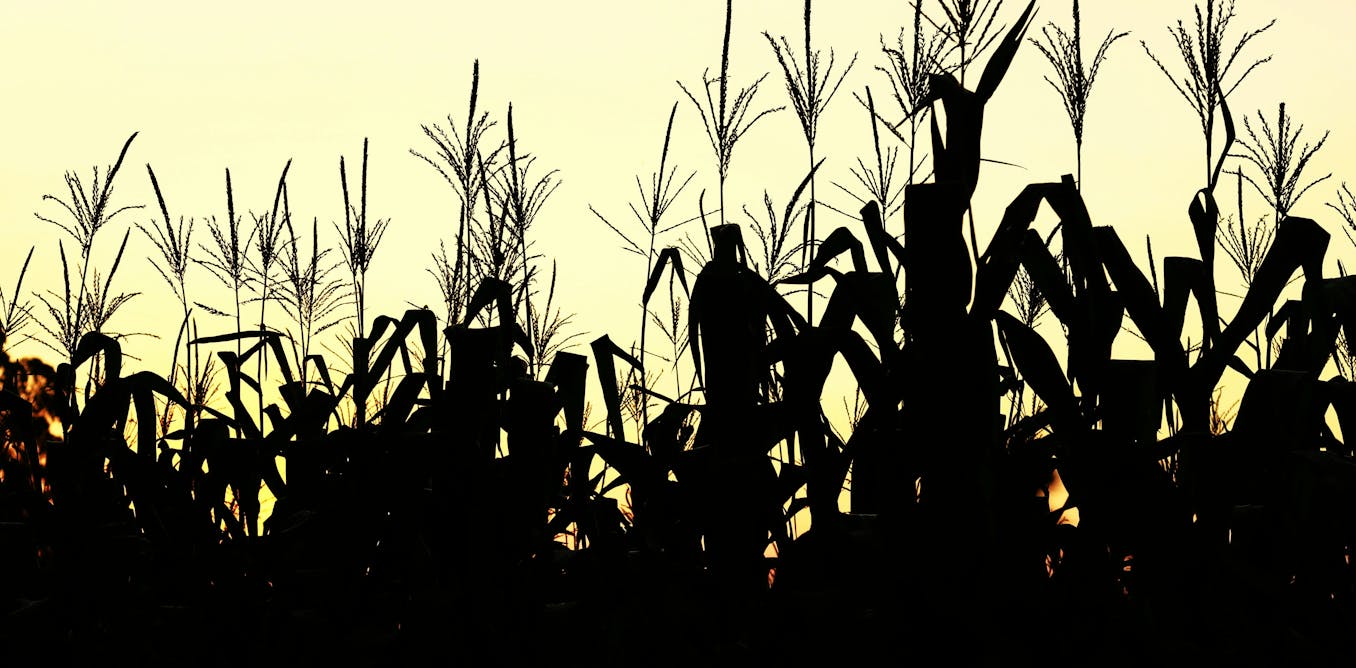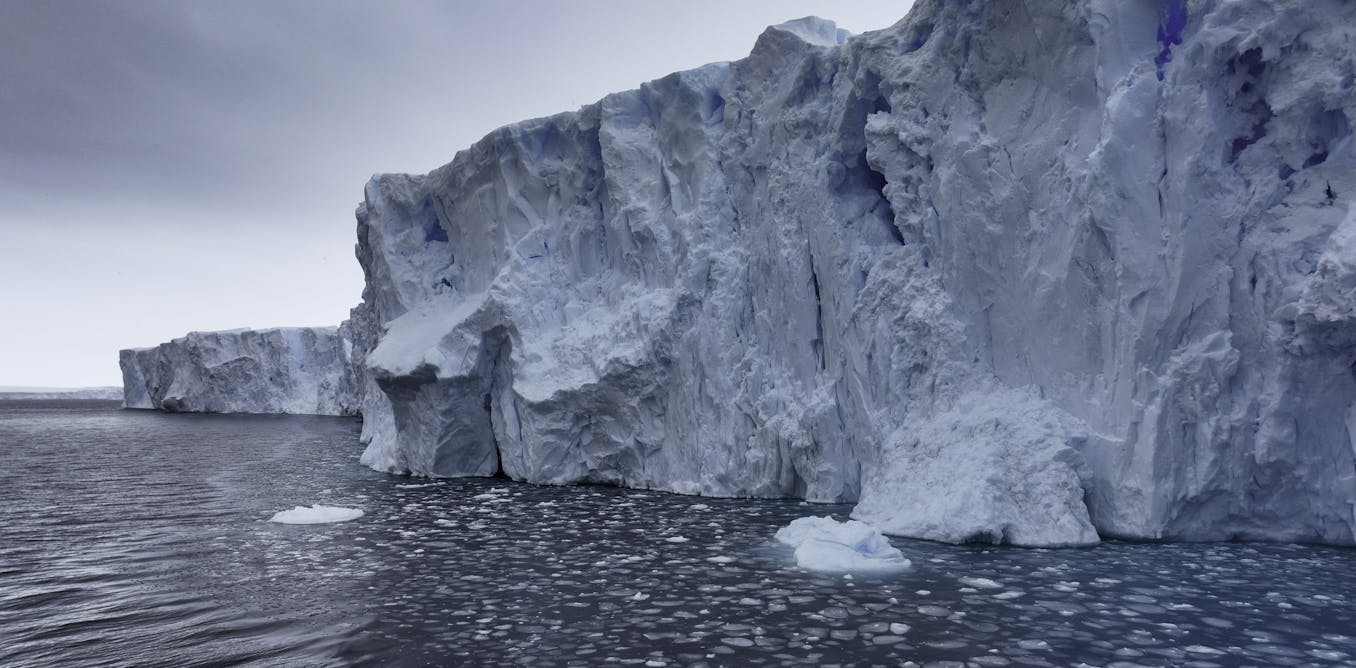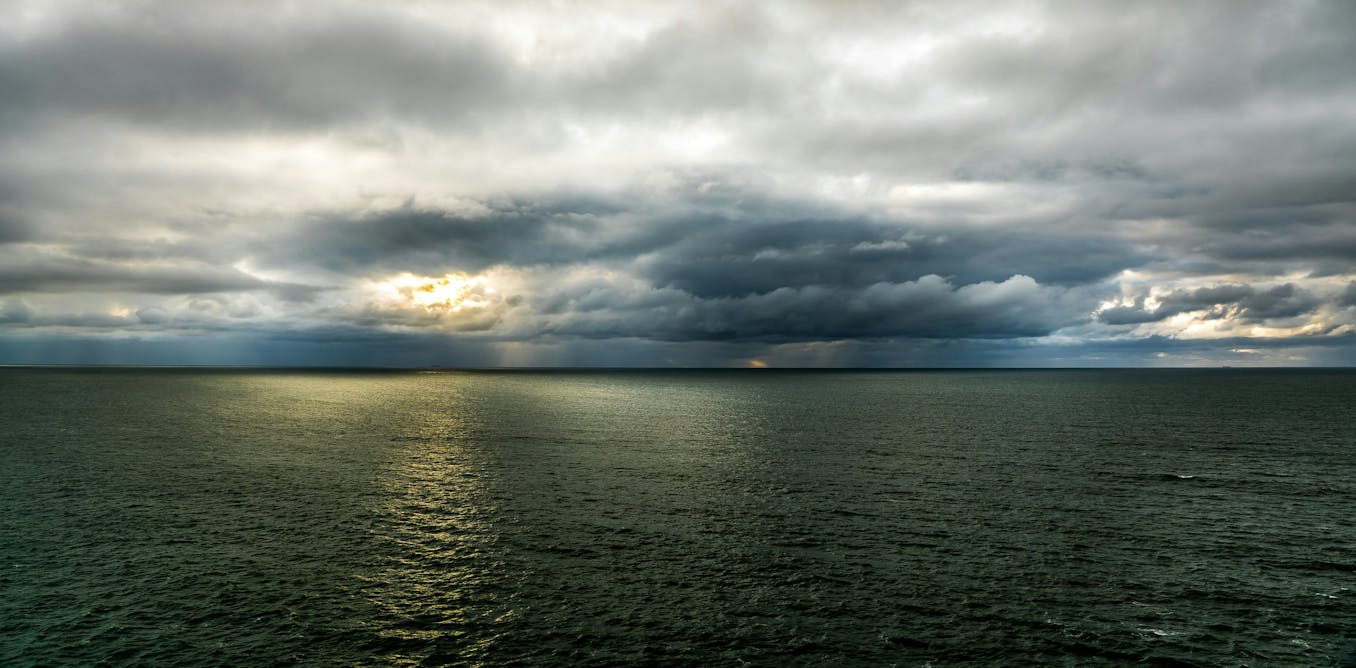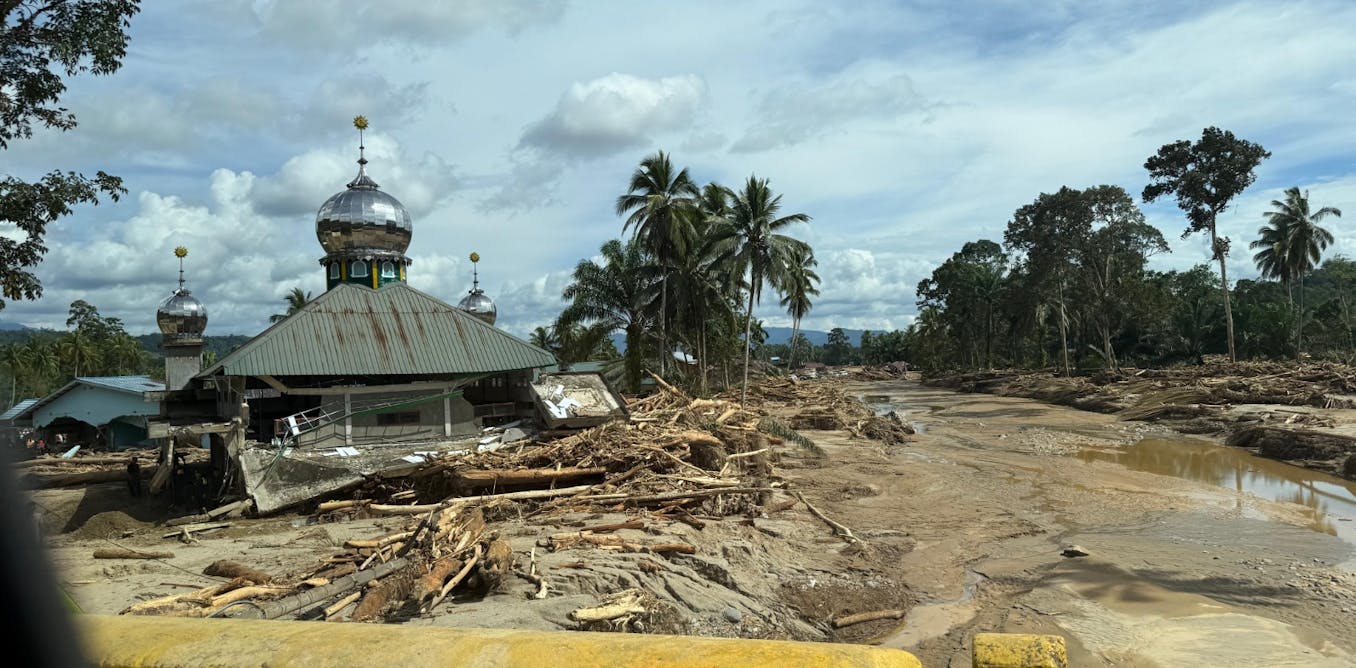Dinosaurs Struggle to Survive in a Changing World: A Glimpse into Prehistoric Life
In a breathtaking exploration of our planet’s distant past, the BBC’s acclaimed series Walking with Dinosaurs captures the relentless battle for survival faced by Earth’s most iconic inhabitants. This clip offers a vivid representation of a world teetering on the edge of ecological upheaval—where volcanic eruptions shape landscapes, the skies darken as pterosaurs mysteriously vanish, and the raw instinct of motherhood is put to the ultimate test.
The Fury of Nature
Opening scenes of volcanic eruptions remind viewers of the immense forces that shaped prehistoric Earth. As lava flows and ash clouds choke the atmosphere, the dinosaurs must adapt or perish. These natural disasters not only alter habitats but also affect the food chain, presenting a dire challenge for all life forms.
The Tyranny of Instinct
Among the forgotten giants of the Late Cretaceous, the mother Tyrannosaurus emerges as a focal point in this gripping narrative. With her eggs nestled in the safety of her nest, she embodies a poignant struggle—choosing to protect her vulnerable offspring at the risk of her own life. This powerful depiction highlights the deeply ingrained maternal instincts that transcend time, echoing down through the ages.
A World in Flux
As the clip unfolds, the dramatic disappearance of pterosaurs, once masters of the skies, serves as a chilling reminder of nature’s unpredictability. Their extinction underscores a persistent theme within the series: the fragility of existence in ever-changing ecosystems. The film captures the stark reality that no creature, no matter how powerful, is immune to the forces that shape life on Earth.
An Educational Masterpiece
Walking with Dinosaurs isn’t merely a visual spectacle; it’s an educational masterpiece that invites viewers to reflect on the resilience and adaptability of life in the face of adversity. By combining groundbreaking CGI with meticulous scientific research, the series bridges the gap between entertainment and education, fostering a deeper understanding of the natural world.
As we journey back to an age when giants roamed our planet, we are reminded of the precarious balance of existence—where survival often hinges on the ability to adapt to an environment fraught with danger. The struggles depicted in this poignant clip resonate deeply, offering a glimpse into the eternal dance of life and death that has defined our planet for millions of years.
Watch the video by BBC Earth
Video “Dinosaurs Struggle to Survive in a Changing World | Walking with Dinosaurs (1999) | BBC Earth” was uploaded on 06/28/2025 to Youtube Channel BBC Earth







































love these
This video made me reevaluate my life and realize that I need a cat in my frame too😻
Hello sir ji
dinosaurs are lowk peak
And then ☄️
"The male knows better than to stay."
Would that we all have such wisdom.
🎶Ch-ch-changes🎶
🎶(Turn and face the strain)🎶
Jurangers
Bullshit
☄️☄️☄️
👋 everyone from 🌖 🐊 UDONTANI ⚁ years
Death of the dinasty
God loves you and cares for you so that this message reaches you. God is the one who created this large universe and controls it completely. The greatest loss a person loses in this life is that he lives without knowing God who created him and knowing the Messenger of Muhammad, the last of the messengers, and the Islamic religion, the last of the heavenly religions. Great intelligence, before you believe in something or not, is to read it, study it, and understand it well, and after that you have the choice to believe in it or not to believe in it. I advise you to do this now, before you no longer have time to do so. Life is very short. It is just a test, just a passage to eternal life. Great advice to those who… Understands
Props on how realistic these prehistoric videos are
3:28 Dakotaraptor Steini
Tyrannosaurus ….Very Tyrant in
Dinosaurs's Age
Struggle to Survive ….Struggle for life every Day…
The real Walking with Dinosaurs
The narrator got a bunch of things WRONG here: Quetzalcoatlus was NOT rare nor was it the only Pterosaur left at this time. In fact, Pterosaurs were actually still thriving up until the extinction. Also, the "1-ton crocodiles" are Deinosuchus, which are 9-TON ALLIGATORS.
Although I love Walking With Dinosaurs (1999; not the new one, yuck) it ought to be pointed out that the Dinosaurs were not (for the most part) struggling to survive in a changing world, as the title suggests. I shall explain:
During the 1990's, it was a commonly seen concept that the Dinosaurs were becoming thinner on the ground in numbers and by numbers of species, and there were claims being made not just for the Dinosaurs, but for other groups like the Ammonites, that there was some kind of bottlenecking of the biodiversity because of constraints on the terrestrial palaeoecosystems. Now, yes, some places such as the-then island landmass of India, on it's way to a colliding via continental drift into mainland Asia (forming the Himalayas as it did), were going through some appalling times regarding volcanic activity; for instance, the Deccan Traps, a Large Igneous Province and Mega Flood Basalt Fissure Eruption (a lot of words to say, 'the Earth cracked open and began bleeding lava in horrific volumes'.
Lava flows deep enough, all told, to cover the USA in a mile of lava, deluged the plains and valleys of India, in sporadic phases lasting over a million years (starting before the asteroid hit 66 million years ago, and continuing for literally hundreds of thousands of years after it struck) The Dinosaurs of India, including Titanosaur Sauropods such as Isisaurus colberti e.g. Lameta Formation and Abelisaurid Theropods such as Rajasaurus narmadensis (also from the Lameta Formation) are examples of these Maastrichtian Age, Late Cretaceous Dinosaurs of India, clinging on in a world increasingly aflame around them. It was more like a patchwork of terrible lava releases from the crust, with the mantle plume underneath the Indian Plate, melting through and causing magma to burst through as lava in multiple sectors, because of the weakening of the crust. It was a truly devastating situation. However, Life is tenacious and doesn't so easily give up.
Dinosaurs like Isisaurus were laying their eggs in volcanic sands close to active geothermal zones, adjacent to ongoing volcanic eruptions, and fissure eruption activity, because of the way it helped to incubate their eggs. So even under such terrible pressure, the Dinosaurs of that particular regional palaeoenvironment, carried on right up until the K-Pg Impact. And at the time, India was several thousand miles West of the impact site at Chicxulub in the Yucatan Peninsula of the Gulf of Mexico. Unfortunately for just about everywhere in all directions of the impact, mega tsunamis, 1-2 km tall, and oscillating ones (so multiple waves that tall) struck all coastlines where the waves could directly travel.
At the time, there was no land bridge, with the ancient Tethys connecting the Pacific Ocean to the Indian Ocean from both directions, with seaways covering many more places than today (sea levels were ~81% of the world's surface back then, 66 Ma BP, compared to ~71% today) As well as there being no ice caps at the poles, there was a lot of submarine mountain building going on, pushing up the sea levels via displacement. Marine transgressions are a major hallmark of the Cretaceous Period, with ongoing marine transgressions, where the sea levels rise over coastal lowlands and submerge some low topography islands, waxing and waning throughout this ~77.1 million year long geological Period (the longest geological Period of the Phanerozoic Aeon)
Geologically, palaeontologically, speaking, for instance, Britain lost its Dinosaurs around ~100 million years ago. Why? Well, sea levels simply rose so much that the once verdant floodplains and forested hills and lakeside hillocks of the Early Cretaceous Period, were gone by the start of the Late Cretaceous Epoch of the Cretaceous Period. It is seen in how the geology drastically shifts from what we see in places like the Wealden, in the Wessex Formation, in Surrey and Hampshire, from the Hauterivian and Barremian Ages of the Early/Lower Cretaceous, to the likes of the Vectis Formation and the Upper/Late Cretaceous chalk/limestone formations seen extensively across Southern England, including the Isle of Wight, Dorset and at places like Dover.
The White Cliffs of Dover, so iconic and beautiful, gleaming in the Sun, a visage of hope for British people for centuries, is ironically a testament in itself, to the richness and increasing depth of the oceans of the Cretaceous Period. They are comprised of untold quintillions of microfossils, the microscopic 'tests' (i.e. 'micro-shells') of microorganisms such as phytoplankton, such as coccolithophores, and other marine life (e.g. much of the flint-like chert dotting the chalky, limestone cliffs, are going to be the remnants of silica-rich/siliceous Poriferans aka Sponges, and that can include the Glass Sponges, which have a particularly high level of silica in their biology. Limestone deposition, generally happens in deep water, offshore, and down the carbonate ramps off the continental shelves of continental landmasses. Hundreds of feet of seawater submerged once thriving environments for Dinosaurs, as far as British Palaeontology and Geology goes (so unfortunately, there is a dearth of British Dinosaurs in the Late Cretaceous, though we have some truly wonderful Dinosaurs from the Early Cretaceous and all the way back to the Triassic Period)
Prehistoric Britain was far from the only place where the sea levels got a little out of hand, with vast tracts of the planet being submerged. However, there was still plenty of landmass left (well, 19% of the world's surface) for the last Dinosaurs to thrive on. The Mid-West of what became the USA, and parts of Canada, were submerged for around 40 million years, under what we call the Western Interior Seaway. In Northern Africa, the Trans-Saharan Seaway was much like that, with segments of Northern Africa cut off from each other. Fossil formations in Australia and Eurasia, also indicate that sea levels were incredibly high. This did put some sort of ecological pressure on the terrestrial biomes left over, but not to the extent that it was like Skull Island in fiction with everything struggling to survive in a harsh battle for food.
On some islands, such as what was, back then, the island of Hateg in what is now Romania, Dinosaurs were faced with dwindling food resources on the island (each other) and so evolution responded according over millions of years, with the animals naturally getting smaller in scale over many generations, to better suit their environment. This is called Insular Dwarfism in Biology and Palaeontology, and it can happen in different ways, as a form of allopatric speciation. Sometimes a Mass Extinction can be so bad, that the same sorts of size reductions we see demonstrated through Insular (Island) Dwarfism, due to resource constraints, are replicated on a major continental landmass.
The end-Permian Mass Extinction, ~251.9 Ma BP, also referred to by Palaeontologists as, 'the Great Dying', was by far the largest Mass Extinction in the Phanerozoic Aeon, causing the extinction of over 90% of all species and families on Earth at the time. Things got so bad back then, thanks to the-then Siberian Traps (a larger version of what happened with the Deccan Traps in India, almost an entire geological Era later) and runaway global warming (with global increases exceeding 30 degrees celsius at a time when there was only one main continent, called Pangaea, a supercontinent) Animals like Lystrosaurus (not a Dinosaur; they had not evolved yet and the oldest we know are 233.23 million years old, from the Triassic Period) were smaller in the Early Triassic, than their Late Permian forebears (in fact, the later/last ones were ~1/2 to ~1/3 the size of their own kind before that nightmare scale mass extinction unfolded.
And whereas the K-Pg Extinction mainly caused problems for initially, a decade, and with massive ramifications for hundreds of thousands of years to come, the recovery was quite rapid after the K-Pg Event, in the grand scheme of things. The Great Dying, on the other bookend of Dinosaurian evolution (extinctions often cause groups to rise and groups to fall, in bittersweet ironies and symphonies through Deep Time, one might say), ravaged the entire planet for no fewer than 60,000 years solid. Even the Insects suffered over 70% family and species loss, which is quite shocking as Insects tend to 'tank' Extinction events better than larger animals, simply due to their sheer biomass and overwhelming numbers.
The Great Dying is chilling in that it actually hit the biosphere so hard that had it gone further and gotten much worse, it would have been Goodnight Vienna for all animal life, setting back evolution hundreds of millions of years. We wouldn't be here if our ancestors didn't make it through alongside the ancestors of the Dinosaurs; it is just, the ancestors of the Dinosaurs (and many, many other groups e.g. the Pseudosuchia and Pterosaurs etc), the Archosaurs, had a better time than our ancestors turned out to in the Mesozoic Era, following the end of the Palaeozoic Era. We are now in the Cenozoic Era, and have been, since 66 Ma BP (Mega-annum Before Present; i.e. Millions of years Before the Present Day)
[Part 1 of 2; Part 2 below]